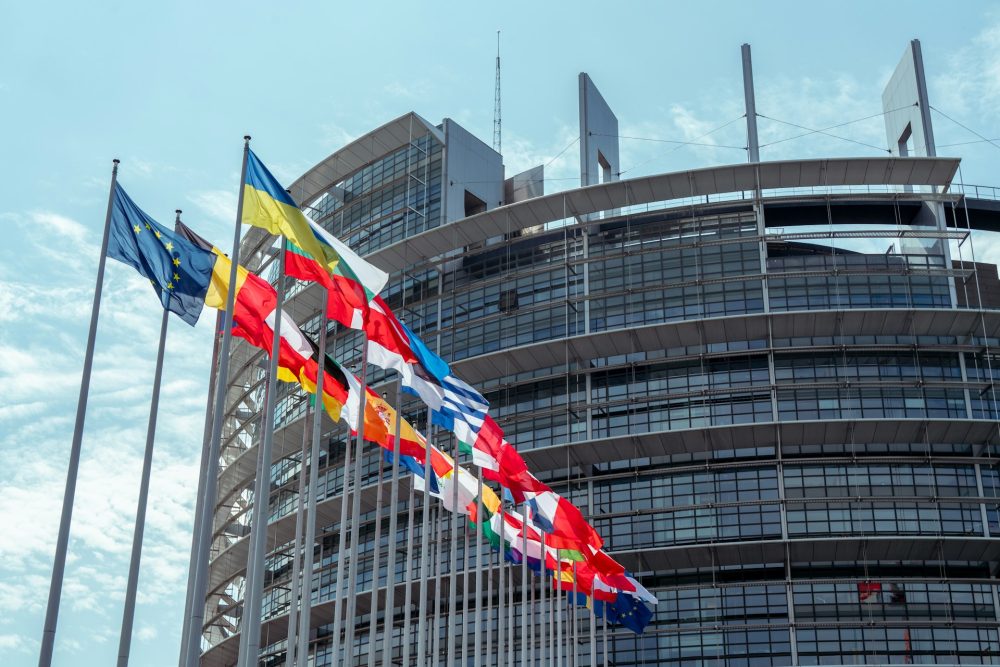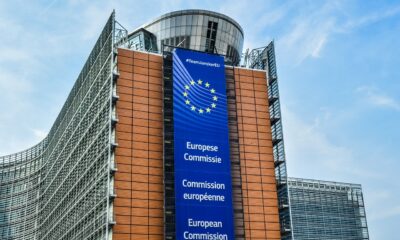Impact Investing
Sustainable Finance Faces Hurdles as Green Asset Ratio Reforms Fall Short of Full Transparency
The Green Asset Ratio (GAR) measures banks’ alignment with the EU Taxonomy but remains low due to methodological flaws and regulatory complexity. Recent reforms aim to ease compliance, though they may reduce transparency. GAR’s narrow scope, limited coverage, and lack of social criteria mean broader indicators are needed to fully assess banks’ sustainable finance efforts.

The Green Asset Ratio (GAR), which measures the percentage of a bank’s assets aligned with the EU Taxonomy, is a key indicator for assessing financial institutions’ commitment to the transition to a low-carbon economy. Yet, since its introduction, several limitations have been highlighted, including discrepancies in scope between the numerator and denominator, as well as significant difficulties in ensuring compliance with the DNSH (Do No Significant Harm) and MS (Minimum Safeguards) principles.
These shortcomings help explain the relatively low GAR levels reported in 2024 (an average of 2.8% across a sample of 20 banks). This trend continued in 2025, with the average GAR still remaining low (3.4% for the same sample), highlighting the ongoing challenges faced by banks.
European institutions have addressed banks’ concerns since the beginning of 2025, and these responses should be reflected in the 2026 disclosures (relating to the 2025 financial year). In July 2025, the European Commission published a draft Delegated Act as part of the simplification effort envisaged by the Omnibus Package. This Act includes important proposed changes to the GAR, such as:
Exclusion from its denominator of companies not subject to the Corporate Sustainability Reporting Directive (CSRD),
Introduction of a materiality criterion that allows financial institutions to exclude financial assets that represent less than 10% of loans or investments dedicated to specific activities,
Simplification of reporting templates, which would lead to an 89% reduction in required data.
While some of these measures directly address banks’ concerns, others could, at least temporarily, reduce transparency in disclosure. For example, the European Commission announced that the publication of detailed GAR templates would be optional until the end of 2027 if the institution states that “no activity is declared to be associated with economic activities that qualify as environmentally sustainable according to Articles 3 and 9 of Regulation (EU) 2020/852.”
Similarly, a few weeks earlier, the European Banking Authority (EBA) announced, in a consultation document, the suspension of disclosure requirements for templates 6 to 10 relating to the GAR and the Taxonomy Regulation in Pillar III reports (these ESG disclosures were published semi-annually).
It is crucial to underline that, given the central role of the Taxonomy in the current regulatory framework and the various requirements imposed by European regulatory and supervisory authorities (such as ESMA, ECB, etc.), updates to the Taxonomy regulations could have various repercussions.
While addressing some concerns, the GAR update will also narrow the indicator’s scope, due to the reduced coverage of the CSRD
Furthermore, it opens the door to a temporary suspension of disclosure requirements and does not immediately address other existing limitations of the European Taxonomy, such as the exclusion of certain activities (e.g., agriculture) and the failure to integrate social objectives. Therefore, the GAR remains, at best, a partial illustration of sustainable finance, mobilized by banking institutions.
Nonetheless, other disclosures from these institutions can provide additional context, without guaranteeing completeness. For example, Template 2 of the Pillar III disclosure describes exposure to the residential and commercial real estate sectors with an analysis based on energy consumption and energy performance certifications (noting that many properties do not yet have this information).
The Energy Financing Ratio also offers valuable insights into a bank’s ability to support the transition, taking into account both green and brown flows . Although the indicator is not mandatory, it is gaining popularity among banks, especially in the United States, where many institutions have submitted it to a shareholder vote at their 2025 annual meetings . That said, caution is warranted due to the lack of standardization, which often leads to the adoption of different methodologies.
Regarding the social dimension, indicators are less widespread. However, the CR1 Model in European banks’ Pillar III reports highlights the percentage of small and medium-sized enterprises (SMEs) in their portfolios. These data offer significant insights into the role banks play in promoting financial inclusion and supporting the local economy.
Finally, reporting on the allocation of capital raised through labeled issuances, as well as progress toward sustainable finance goals, could further improve the picture. However, these initiatives lack standardization regarding the definition of “sustainable finance” or the possible inclusion of cash flows not reflected in the balance sheet (bond structuring, assets under management).
While the Green Asset Ratio is a useful indicator, it remains limited by its methodology and regulatory scope, issues that the expected 2026 update will likely not address. Understanding the full scope of banks’ sustainable activities therefore requires more than just the GAR.
__
(Featured image by Towfiqu barbhuiya via Unsplash)
DISCLAIMER: This article was written by a third party contributor and does not reflect the opinion of Born2Invest, its management, staff or its associates. Please review our disclaimer for more information.
This article may include forward-looking statements. These forward-looking statements generally are identified by the words “believe,” “project,” “estimate,” “become,” “plan,” “will,” and similar expressions. These forward-looking statements involve known and unknown risks as well as uncertainties, including those discussed in the following cautionary statements and elsewhere in this article and on this site. Although the Company may believe that its expectations are based on reasonable assumptions, the actual results that the Company may achieve may differ materially from any forward-looking statements, which reflect the opinions of the management of the Company only as of the date hereof. Additionally, please make sure to read these important disclosures.
First published in ESG NEWS. A third-party contributor translated and adapted the article from the original. In case of discrepancy, the original will prevail.
Although we made reasonable efforts to provide accurate translations, some parts may be incorrect. Born2Invest assumes no responsibility for errors, omissions or ambiguities in the translations provided on this website. Any person or entity relying on translated content does so at their own risk. Born2Invest is not responsible for losses caused by such reliance on the accuracy or reliability of translated information. If you wish to report an error or inaccuracy in the translation, we encourage you to contact us.

-

 Africa2 weeks ago
Africa2 weeks agoBantuHub and L’Archer Group Partner to Invest €1 Million in Congolese Startups
-

 Business7 days ago
Business7 days agoThe TopRanked.io Weekly Digest: What’s Hot in Affiliate Marketing [Super Partners Review]
-

 Biotech2 weeks ago
Biotech2 weeks agoAsebio Welcomes the EU Biotech Act as a Boost to Competitiveness and Health Autonomy
-

 Biotech2 weeks ago
Biotech2 weeks agoChai Discovery Becomes a Unicorn with $130 Million Series B to Accelerate AI-Driven Drug Design

























